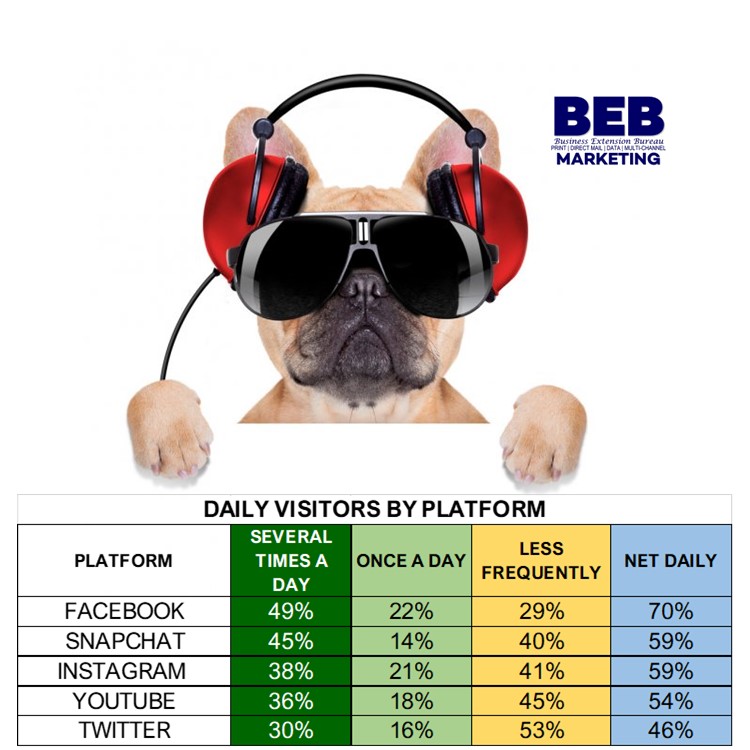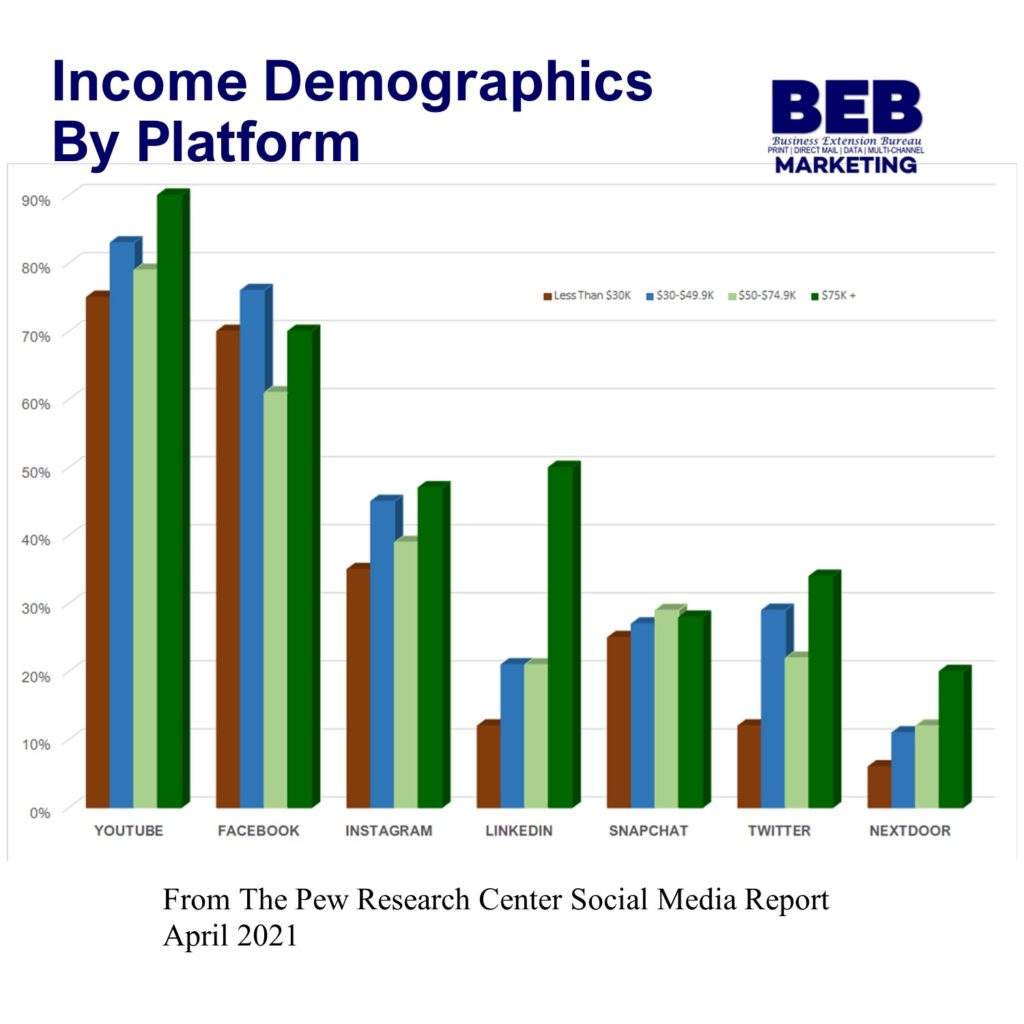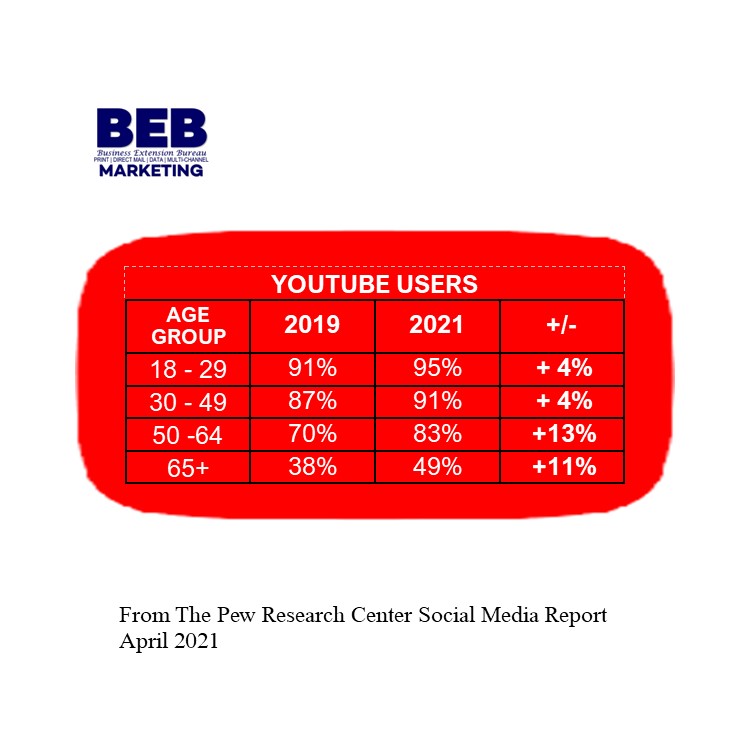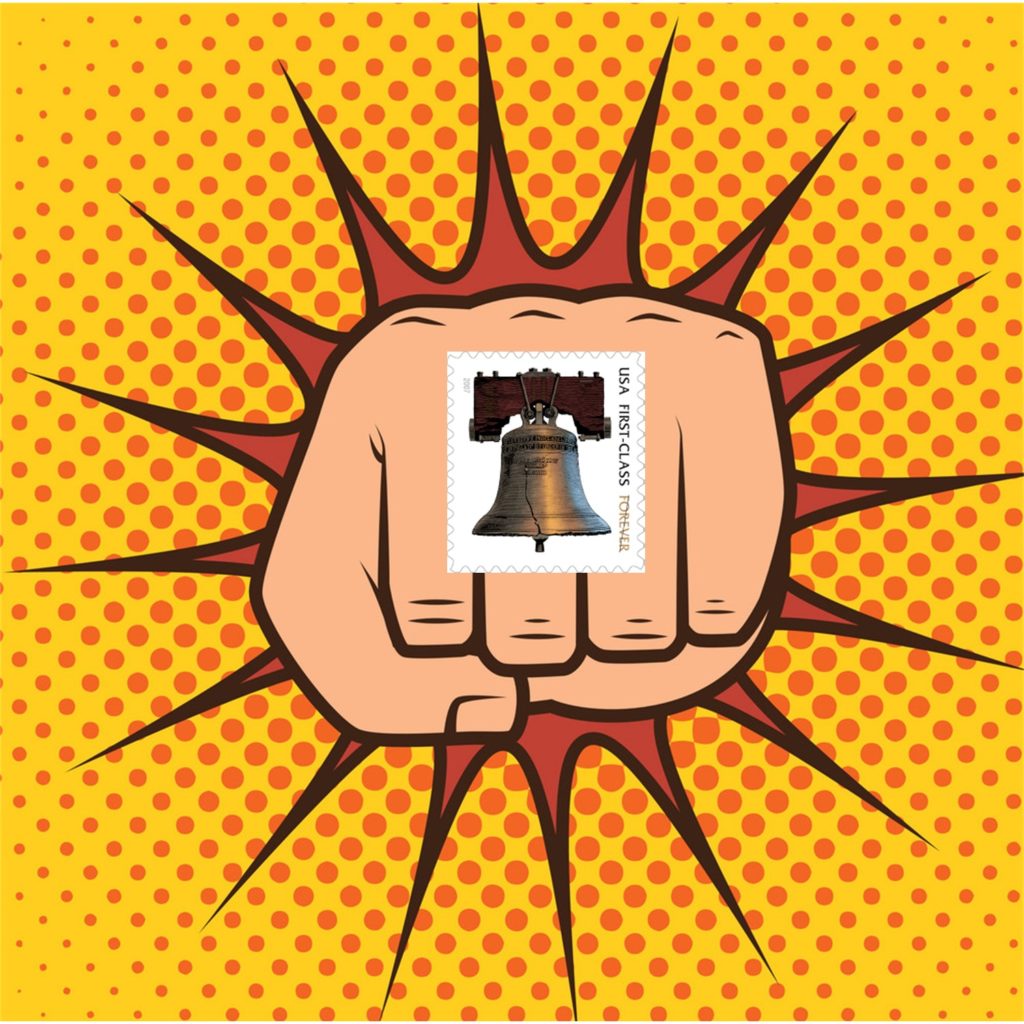 Houston, TX— Happy New Year, from all of us at Business Extension Bureau! Like most of us, 2021 was fraught with challenges that we would not have thought possible a few years ago.
Houston, TX— Happy New Year, from all of us at Business Extension Bureau! Like most of us, 2021 was fraught with challenges that we would not have thought possible a few years ago.
In the Houston area, a winter storm in February, brought the longest number of consecutive days with freezing temperatures since 1940. Over 4 million power outages were reported during the storm. The entire city shut down yet we managed to work through it and are grateful that none of our staff were too negatively impacted.
Then the pandemic slowed the global supply chain. Manufacturers suspended work as various safety precautions were enacted. By mid-2021, major American ports became inundated with historic amounts of inbound cargo. Terminal staff lacked the bandwidth to unload ships leading to extended wait times. Even rail and trucking services struggled under the increased load and nationwide labor shortages added fuel to the fire. As we prepared for the busy fall mailing season, we watched paper prices go up, availability go down, and wait times increase. Inflation increased due to labor and material shortages and lavish government spending.
and nationwide labor shortages added fuel to the fire. As we prepared for the busy fall mailing season, we watched paper prices go up, availability go down, and wait times increase. Inflation increased due to labor and material shortages and lavish government spending.
In August, we saw an unprecedented postal rate increase (the second within the same year). US Postmaster General Louis DeJoy continues to raise controversial and unnecessary headaches for mailers across the nation that include extended delivery times and a restructure of how rate increases are calculated and controlled. We expect the next market dominant postal rate increase to occur sometime in July 2022, and will keep you abreast of rates and regulation changes as they happen.
Of course, there were a few times over the past year that we endured outbreaks of COVID within our organization. We are happy to report that, so far, every employee has recovered and our business remained operational without delay or closures.
November brought our biggest challenge to date. In the early morning hours of November 11, (Veterans Day), our office building caught fire. Our business resides within three buildings:
 1. Operations
1. Operations
2. Conference/classroom/climate controlled storage
3. Offices
The office building was built in 1945 and was once affiliated with a theatre across the street. Our lobby was known for its red-flocked wallpaper, sweeping, red carpeted staircase, and rustic chandelier.
 Thankfully, nobody was hurt. And thanks to a good Samaritan that quickly contacted 911, the fine professionals of the Houston Fire Department contained the blaze before it spread to our other buildings. Unfortunately, the offices sustained serious water damage.
Thankfully, nobody was hurt. And thanks to a good Samaritan that quickly contacted 911, the fine professionals of the Houston Fire Department contained the blaze before it spread to our other buildings. Unfortunately, the offices sustained serious water damage.
It is important to share that once again, I am awestruck by the dedication and loyalty of our employees and partners. Operations ceased for one-day only, while we assessed the damage and started the process of rebuilding. My brother, Ro, reminds me that we submitted a mailing to the post office on the day of the fire, so actually, we didn’t miss a day.
We are very fortunate as BEB has very low turnover. We have several employees who have worked for us for over 25 years, and even have multiple generations of the same families working here.
We have officed in this location since 1965, and it was touching to see how the fire profoundly
affected our BEB family. My brothers and I grew up here. Ro and I worked in the warehouse during our high school and college years! For many of us, the aftermath of the fire evoked a sense of loss, as if we lost part of our past.
However, not even fire can break our spirit or erase our 73-year old history. Like the Phoenix rising from the ashes, we have embraced our rebuild with vigor and renewed life. The renovation is allowing us the opportunity to expand our operations space, upgrade equipment, and enhance the workflow of our manufacturing plant; while at the same time allowing us to preserve the heritage and history of our beloved family owned business, which we value beyond measure.
To our staff and partners, thank you for all of your contributions and caring assistance during this recent event.
To our amazing clients, a special thank you to you too. We consider it a privilege to partner with you, and are grateful for your business.
Sincerely, I hope you have a healthy and successful year and again, on behalf of all of us at BEB, Happy New Year.
Sincerely,
Ron Royall
President & CEO
 As winter turns into to spring, people start to pack away coats, return patio furniture to the backyard, and shake off their winter shut-in mentality. They also start to shop. A lot.
As winter turns into to spring, people start to pack away coats, return patio furniture to the backyard, and shake off their winter shut-in mentality. They also start to shop. A lot.















